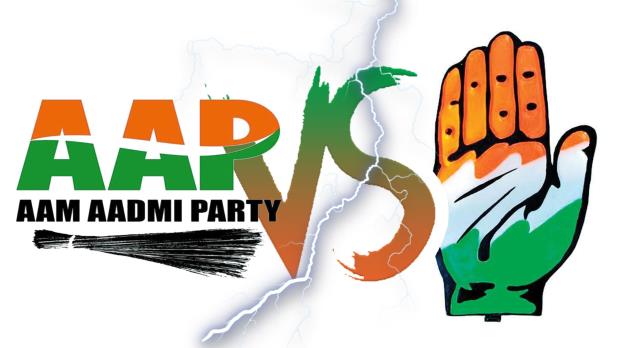The election for 117 seats in the Punjab Assembly has concluded, with the most surprising aspect being the low turnout. Voting fell by almost 9% this time, to 68.3%, compared to 77.2 percent in 2017. Its direct implication is that it is felt that there is little chance of change in Punjab. The Aam Aadmi Party (AAP), which is seeking votes on this issue, and the Akali Dal, which is trying to benefit from anti-incumbency, appear to be suffering a setback in this situation.
However, in 68.3 percent of the polling conducted on Sunday, the scenario in Punjab is not obvious. The fact that more votes were cast in the Malwa region is seen as a vote in AAP's favor. Even last time, AAP received a lot of support in rural areas. At the same time, the factor of the first SC Congress Chief Minister, Charanjit Channi, was shown in Doaba. Apart from that, there is a hard match in Majha due to fewer votes, although Congress is looking for an advantage here as well due to lower voter turnout.
AAP strategists missed converting support into votes
Aam Aadmi Party was getting a lot of support in Punjab. People in the villages were openly talking about voting for AAP. Despite this, the voting percentage remained very low. It is discussed that AAP's strategists failed to convert the support getting in Punjab into votes. If there was such a wave in support of AAP, then it should have been reflected in the voting. However, this time the voting was much less than last time.
Voter turnout variations from 1997 to 2017
- 1997: The Akali Dal-BJP administration was formed in Punjab with a voter turnout of 68.7%.
- 2002: Only 62.14 percent of eligible voters cast votes. Then Congress regained power.
- 2007: 76 percent of eligible voters cast ballots. Following that, the Akali Dal reclaimed power.
- 2012: There was an anti-incumbency wave, with turnout rising to 78.3 percent. After then, Akali Dal regained power.
- 2017: Voter turnout dipped to 77.2 percent, and Congress won power under Captain Amarinder Singh's leadership.
